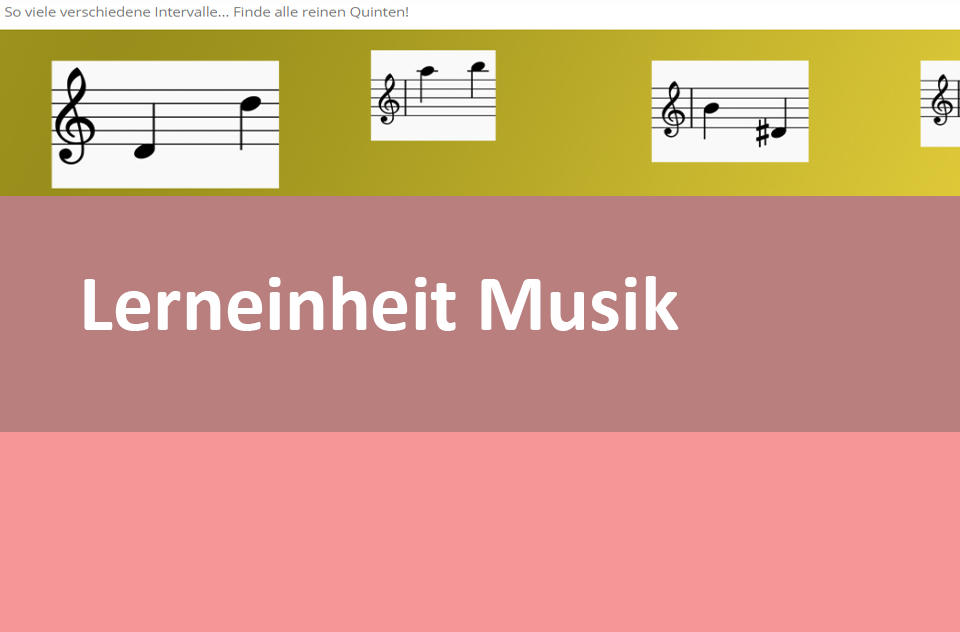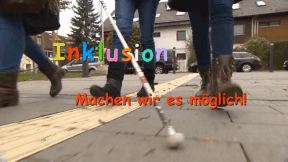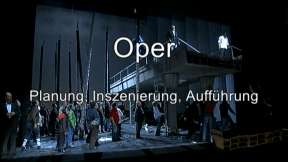
55502677
Intervalle, Akkorde, Tonleitern und Kadenzen bestimmen
In 9 interaktiven Aufgaben wird Wissen zur Bestimmung von Intervallen, Akkorden, Tonleitern und Kadenzen vermittelt und abgefragt.
Das Medium bietet H5P-Aufgaben an, die ohne zusätzliche Software verwendbar sind.
Durch interaktive Aufgabentypen wird das audiovisuelle und interaktive Lernen einfach.
Lernen macht jetzt Spaß!
Included Tasks
- I Intervalle bestimmen (aufwärts) - Interaktive Aufgabe
- II Intervalle bestimmen (abwärts) - Interaktive Aufgabe
- III Intervalle bestimmen (gemischt) - Interaktive Aufgabe
- IV Kopfnuss: Intervalle hören - Interaktive Aufgabe
- V Akkorde analysieren: Dur/Moll - Interaktive Aufgabe
- VI Akkorde Analysieren: Dur; Moll; Übermäßig; Vermindert + Umkehrungen - Interaktive Aufgabe
- VII Akkorde hören (Dur; Moll; Übermäßig; Vermindert) - Interaktive Aufgabe
- VIII Tonleitern unterscheiden - Interaktive Aufgabe
- IX Tonleitern bestimmen - Interaktive Aufgabe
Curriculum-centred and oriented towards educational standards
Matching
Inclusion
Madita is eleven and blind. She does not want to go to a special school but to a regular grammar school. She says she feels "normal" there. Jonathan is eight and has a walking disability. He likes going to the school where he lives. Here, his best friend sits next to him. Max Dimpflmeier, a teacher who is severely deaf, explains that school life is not easy. Quote Max Dimpflmeier: "You don't want to attract attention, you want to avoid saying that it is necessary for you that 70 people adjust to your situation." People on their way to inclusion.
Rhythmus
In 10 interaktiven Aufgaben und Videos wird Wissen zum Rhythmus vermittelt und anschließend abgefragt.
Opera
As soon as the audience has taken their seats, the conductor enters the orchestra pit. When he lifts the baton, the magic ritual of enchantment through music, play and light in an illusory world, which is to true nonetheless, begins. But what is opera, anyway? Let us dare a look behind the scenes! This film presents the institution and the artistic creation of an opera. The pupils learn about the structure of a traditional opera house. They get to know how an opera production is planned and prepared. They see how many people contribute to an opera production from the planning to the first night. What jobs and what manual skills are behind a production? How do make-up artists and costume designers work? How many rehearsals are required? All these questions and a lot more are answered by the film. And if the pupils do attend an opera performance, they will perhaps think of the many people and skills that were needed to make this evening a success. Together with the extensive accompanying material the didactic DVD is perfectly suited for various uses in the classroom.








